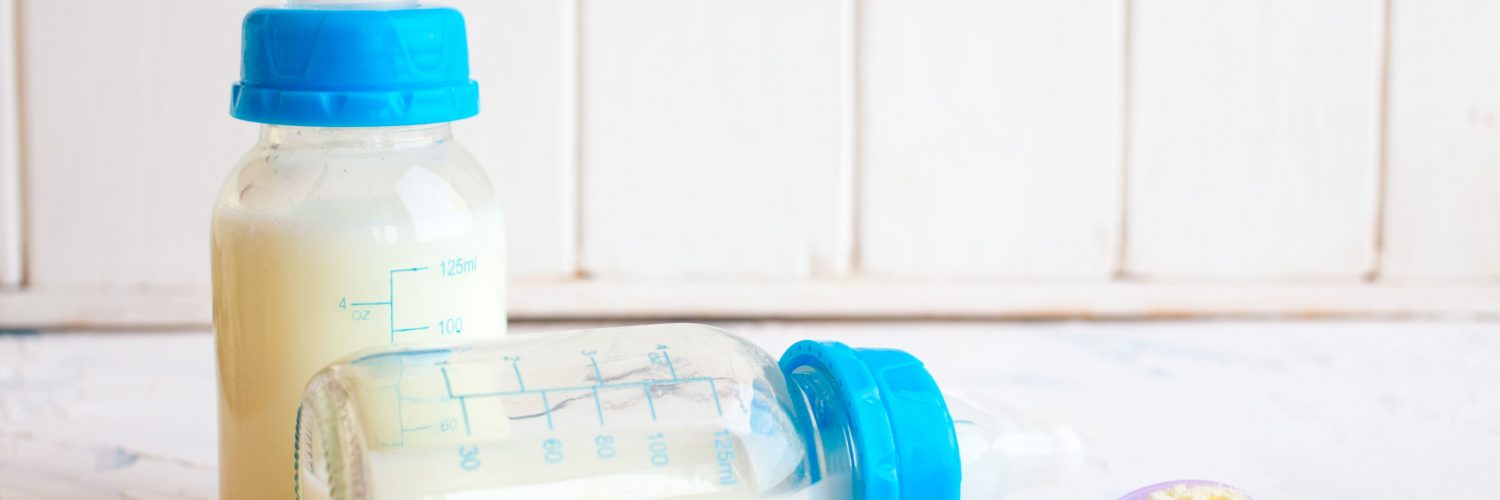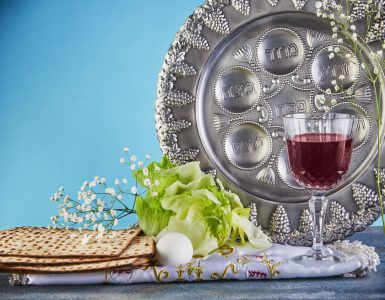In the previous essay, we discussed an important principle regarding Pikuach Nefesh. In general, when faced with a life-threatening situation and two options for intervention, one of which involves desecrating Shabbos (or transgressing some other prohibition) and the other does not, one must select the intervention that would involve the fewest transgressions. However, when the natural and ideal course of action involves more transgressions, even if the Pikuach Nefesh concern can be addressed effectively with the unusual and inferior alternative, one is entitled – and it may even be preferred – to do it in the usual way.
We considered two practical applications of this principle: expressing breastmilk on Shabbos when infant formula is available and closing a wound with more sutures than necessary to prevent infection in order to achieve a more aesthetic result. In this essay, we will consider a further application of this principle.
One may only violate Shabbos for Pikuach Nefesh when there is potential loss of life. However, if there are only concerns of Sakanas Eiver – the potential loss of a limb or organ, even if that loss would be total and irreversible – a Jew may not violate any Torah prohibition to provide treatment (Shulchan Aruch O.C. 328:17). In a previous essay[1], we discussed the Halachic principles of Sakanas Eiver on Shabbos at length. We will not revisit those principles in detail. Rather, we will add some important considerations that were not mentioned in that essay.
First, although theoretically, Sakanas Eiver has a unique Halachic status, in practice, almost all cases of Sakanas Eiver amount to Pikuach Nefesh, since an at-risk limb typically endangers the entire body. Therefore, in practice, it is permissible to violate even Torah prohibitions to spare the person’s life and by extension the limb. Briefly, Sakanas Eiver constitutes Pikuach Nefesh if any of the following apply:
- The injury or disease sustained by a particular limb or organ puts the entire body at risk of infection. Infection is considered a life-threatening condition.
- The injury or disease to a particular limb or organ causes high fever. High fever is considered a life-threatening condition.
- If the injured or diseased limb or organ is considered an “internal organ”. An injured or diseased internal organ is considered a life-threatening condition. All limbs and organs – except the hands and legs – are considered “internal organs”. Even teeth are considered “internal organs”. Thus, practically speaking, only injuries to the arms and legs are excluded.
- If the arms or legs sustained “a blow to the back of the hand or the back of the leg”, this is also considered a life-threatening condition.
Thus, there are limited practical applications for the Halachic status of Sakanas Eiver. Nonetheless, this Halacha appears to be relevant in a number of cases, including shoulder dislocation, for example.
The humerus sits inside a depression in the scapula known as the glenoid socket. The shoulder is considered dislocated when the humerus is not in the socket. Shoulder dislocation can cause significant damage to the bones and the glenoid socket joint. Before the dislocation is reduced, the patient must be carefully examined to ensure that there is no significant damage to nerves or blood vessels. Although a closed reduction is usually possible, open surgical repair may be needed.
Seemingly, there should be no reason to allow someone with a dislocated shoulder to be driven to the hospital on Shabbos by a Jew or to undergo surgery. First, there is no clear evidence that waiting until after Shabbos will cause lasting damage. Second, even if the dislocation would cause permanent damage if it were not reduced, it would not pose a risk to the patient’s life. This would fit the definition of Sakanas Eiver without Pikuach Nefesh, so may one treat this injury on Shabbos?
The Shulchan Aruch rules (328:30);
One whose arm joint or leg joint slipped out of its place may not rub it extensively with cold water, for this is its Refua. Rather, he may wash as usual and if it is healed, it healed.
Yet, he subsequently rules (ibid., Se’if 47):
[We reset] a bone that has left its place.
This seems to be a blatant contradiction! If it is forbidden to rub cold water on a dislocated joint since that is its accepted cure, surely it cannot be permissible to reset the bone in its joint?
The Magen Avraham (ibid. 51) raises this difficulty but does not resolve the contradiction. Instead, he concludes that the initial (stricter) ruling of the Shulchan Aruch (328:30) is authoritative, as the Gemara only states that it is permitted to treat a broken bone, not a dislocated one.
However, the Mishna Berura (ibid.) cites an opposing view:
The Sefer Shulchan Atzei Shitim disagrees with the Magen Avraham. He writes that anything that has completely left its place, that we call dislocated, is considered Sakanas Eiver – like a broken limb – if they do not reset it immediately. Even a Jew may reset it.
If so, why did the Shulchan Aruch rule in 328:30 that it is forbidden to rub a dislocated joint with cold water? The Shulchan Atzei Shitim answers that that refers to a partially dislocated joint.
Ultimately, the Mishnah Berura concludes that even the Magen Avraham agrees that if a doctor states that the nature of a given dislocation endangers the limb, it is permissible to reduce it in the normal manner.
As an aside, the Aruch haShulchan makes an interesting observation. He questions why the Rambam omitted these Halachos and suggests that it is because the Gemara itself indicates that no two injuries are identical:
The Rambam saw that these laws depend on the nature of human beings. Therefore, it is not possible to establish a fixed Halachic ruling; rather it depends on the stated position of the doctors. And perhaps the Rambam himself, who was a physician, knew that sometimes this poses a danger to life and one is obligated to intervene, and therefore one cannot give an absolute ruling. Therefore, he omitted them. It is included in what he wrote in Chapter 2:1, “If a doctor says that it is necessary, we desecrate Shabbos”. I believe that even today they consider this to be dangerous, and therefore if, God forbid, such a thing occurs, one should seek counsel from doctors and act according to their words.
To return to the subject of our discussion: if an injury raises concerns of Sakanas Eiver, but is not a danger to life, one may not transgress a Torah prohibition. However, one may transgress an Isur d’Rabbanan, or enlist a non-Jew to perform the Torah-prohibited act on his behalf. Since a dislocated shoulder is typically, at most, a Sakanas Eiver, interventions that involve a Torah transgression are prohibited, and should it occur on Shabbos, a Jew may not drive the patient to the hospital.
In practice, is there anything that can be done on Shabbos if the only available doctor is Jewish, or when the only person available to drive the patient to the hospital is Jewish?
Sometimes, there is no solution; the patient must wait until Shabbos is over before seeking treatment (Shemiras Shabbos Kehilchasa, 33). However, this is not always the case.
If the dislocated shoulder causes extremely intense and unbearable pain, to the point of nausea, vomiting, sweating, dizziness, and/or severe weakness, haGaon Rav Asher Weiss Shlit”a rules that we desecrate Shabbos to treat the injury. It is considered Pikuach Nefesh because of the excruciating pain.
In our essay for Parshas Vaera 5783[2], we presented another application of this ruling. Boys[3] may develop a serious condition called testicular torsion when one or both testicles rotate, twisting the spermatic cord that brings blood to the testicle. The reduced blood flow causes sudden, and often severe, pain and swelling. If the torsion is not reduced within 4 hours, necrosis may begin. If both testicles are affected, the patient will be permanently sterilized if the torsion is not reduced within this therapeutic window. Treatment of testicular torsion involves surgical exposure of the twisted spermatic cord and testicle, reduction of the torsion, and orchiopexy (suturing the testicle to the wall of the scrotum to prevent future torsion). This too is seemingly an example of Sakanas Eiver. As such, one should not be allowed to desecrate Shabbos, despite the severe consequences. However, Rav Asher ruled that since this condition causes unbearable pain, it is tantamount to Pikuach Nefesh and it is permitted to desecrate Shabbos.
However, these rulings are puzzling. If the entire grounds for Chillul Shabbos is not the injury to the shoulder or the testicle, but solely the issue of pain, it should only be permissible to administer powerful (intravenous) analgesics until Shabbos is over!? Why is it permitted to perform surgery on Shabbos?
Applying the principle we outlined above, the answer becomes obvious. Since the normal and usual way (as one would unquestionably act on a weekday) is to treat the root of the problem by reducing the shoulder or the testicular torsion, once there is justification to desecrate Shabbos – albeit on account of the pain – one may perform the standard treatment even though it involves additional Shabbos desecration.
[1] Vaera 5783 – “Life or Limb?”. See https://medicalhalacha.org/2023/01/19/life-or-limb%ef%bf%bc/.
[2] See footnote 1.
[3] [Editor’s note: Although testicular torsion can occur in males of any age, even before birth, it typically occurs in boys between the ages of 12 and 18.]















Add comment